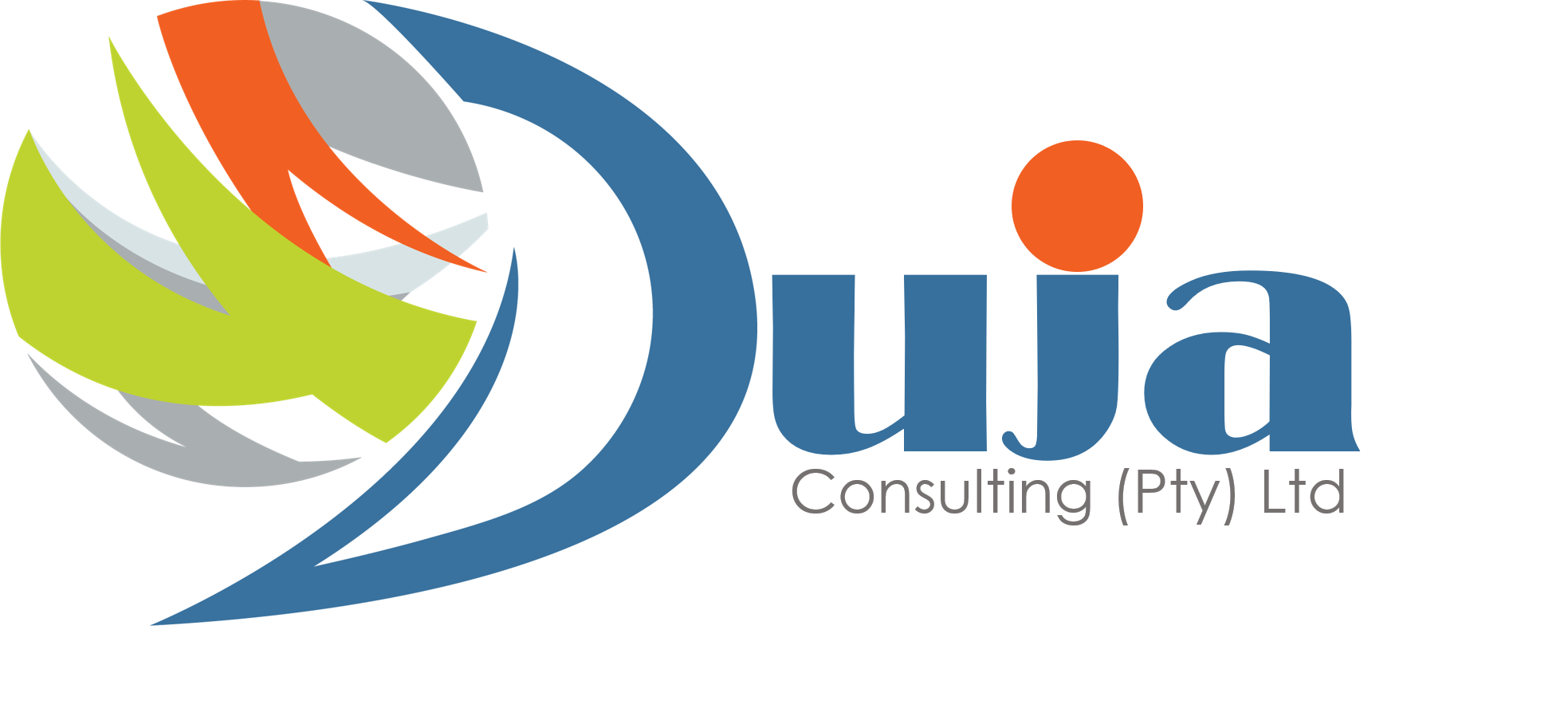Stress Management Strategies for CHROs in 2025
This Duja Consulting video explores critical stress management strategies for Chief Human Resources Officers (CHROs) in 2025, providing actionable insights to prioritise employee well-being and boost organisational performance.
Key Takeaways:
- Integrating well-being into core business strategies to enhance productivity.
- Leveraging innovative HR technologies for real-time stress monitoring and personalised support.
- Implementing flexible work arrangements to improve work-life balance and reduce stress.
- Cultivating a supportive organisational culture to foster trust, transparency, and open communication.
- Equipping leaders with the skills to recognise and address stress effectively within their teams.
- Providing access to comprehensive Employee Assistance Programmes (EAPs) for confidential support.
- Encouraging continuous learning and development to empower employees and reduce workplace stress.
By adopting these strategies, CHROs can create healthier, more resilient workplaces that drive success in 2025 and beyond.
Introduction
As we enter 2025, the CHRO role is increasingly pivotal in addressing workplace stress—a critical factor influencing employee well-being and organisational success. Effective stress management strategies enhance employee health and drive productivity and engagement. Here are key areas for CHROs to focus on:
1. Embedding Well-Being into Business Strategy
Recognising employee well-being as a core business component is essential. Comprehensive programmes that address mental health, financial wellness, stress management, and physical health contribute to a more engaged and productive workforce, reducing absenteeism and improving performance.
2. Utilising Technology for Stress Monitoring
Advanced HR technologies, including AI-driven platforms, enable personalised employee experiences and real-time stress monitoring. These tools facilitate early identification of stress indicators, allowing for timely interventions that enhance retention and job satisfaction.
3. Implementing Flexible Work Models
Offering flexible work arrangements, such as remote work, flexible hours, and compressed workweeks, helps employees achieve better work-life balance, reducing stress and increasing job satisfaction. Organisations embracing flexibility can attract and retain top talent, fostering a resilient workforce.
4. Cultivating a Supportive Organisational Culture
A culture that prioritises transparency, inclusivity, and open communication encourages employees to voice concerns and seek support. CHROs play a pivotal role in fostering such environments, mitigating workplace stress and enhancing engagement, leading to higher morale and improved performance.
5. Investing in Leadership Development
It is crucial to develop leaders equipped to recognise and address stress within their teams. Training in emotional intelligence and stress management enables leaders to support their teams effectively, creating a healthier work environment and reducing turnover rates.
6. Establishing Comprehensive Employee Assistance Programmes (EAPs)
Providing confidential counselling and support services for personal or work-related issues demonstrates a commitment to employee well-being. Comprehensive EAPs can alleviate stress, improve mental health, reduce absenteeism, and enhance employee loyalty.
7. Promoting Continuous Learning and Development
Opportunities for professional growth empower employees with the skills and confidence to perform their roles effectively, reducing job-related stress. Prioritising learning and development initiatives aligned with employee aspirations and organisational goals leads to a more competent and motivated workforce.
Conclusion
By focusing on these strategic areas, CHROs can effectively manage workplace stress, leading to a healthier, more engaged, and productive workforce. The business benefits are substantial, including improved employee retention, enhanced performance, and a positive organisational culture.
